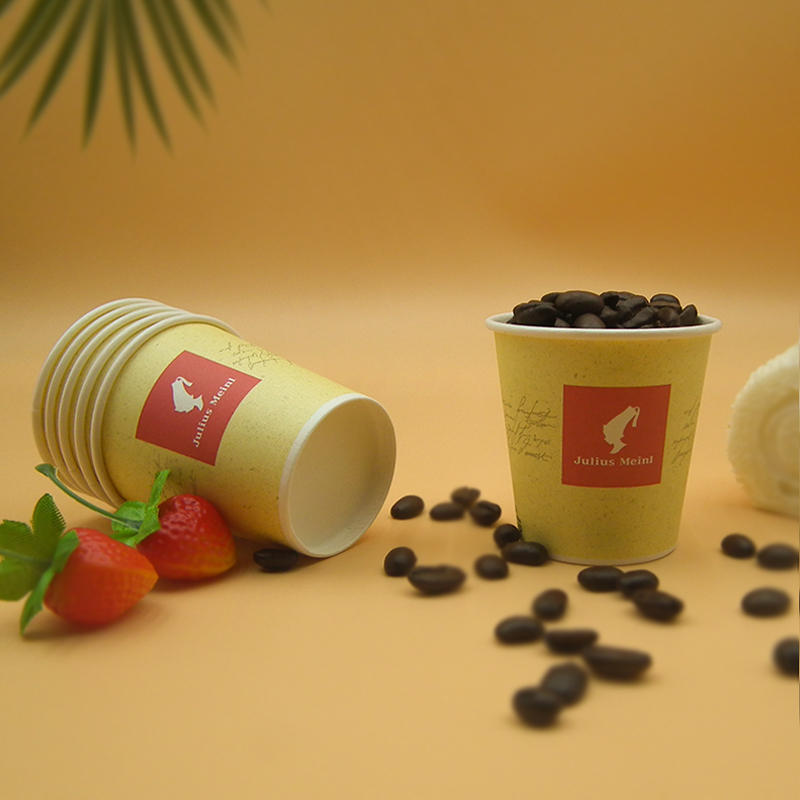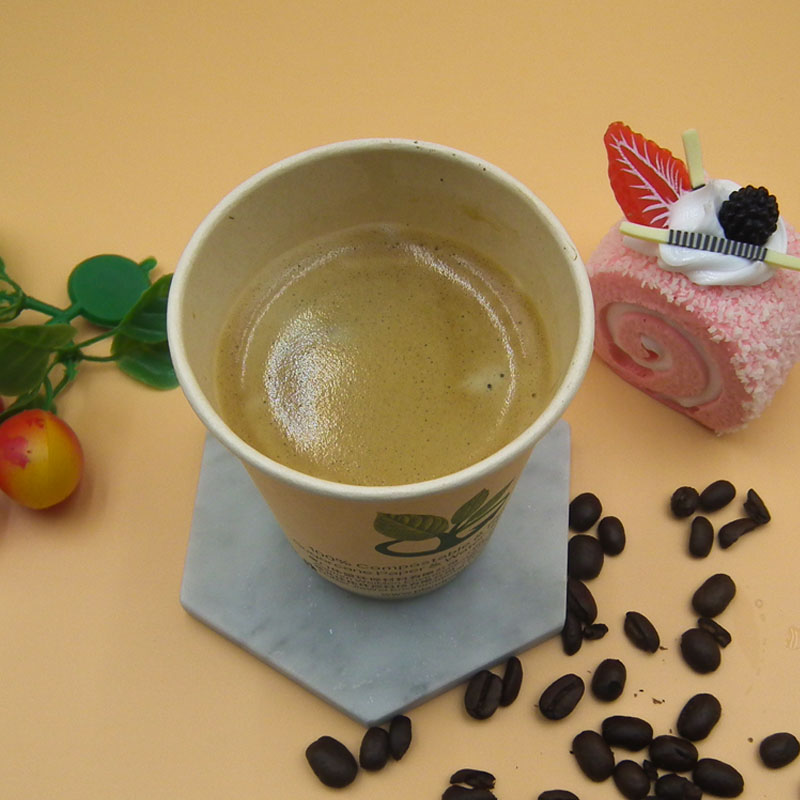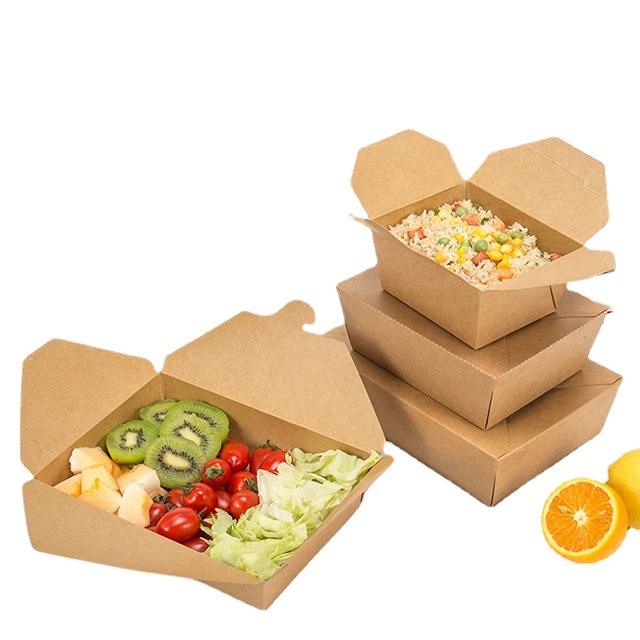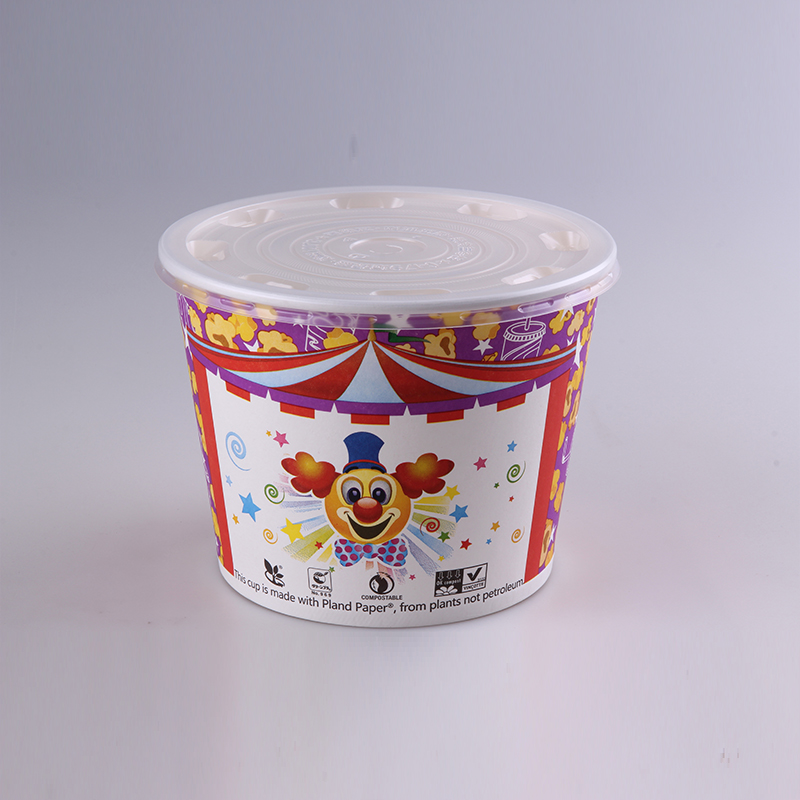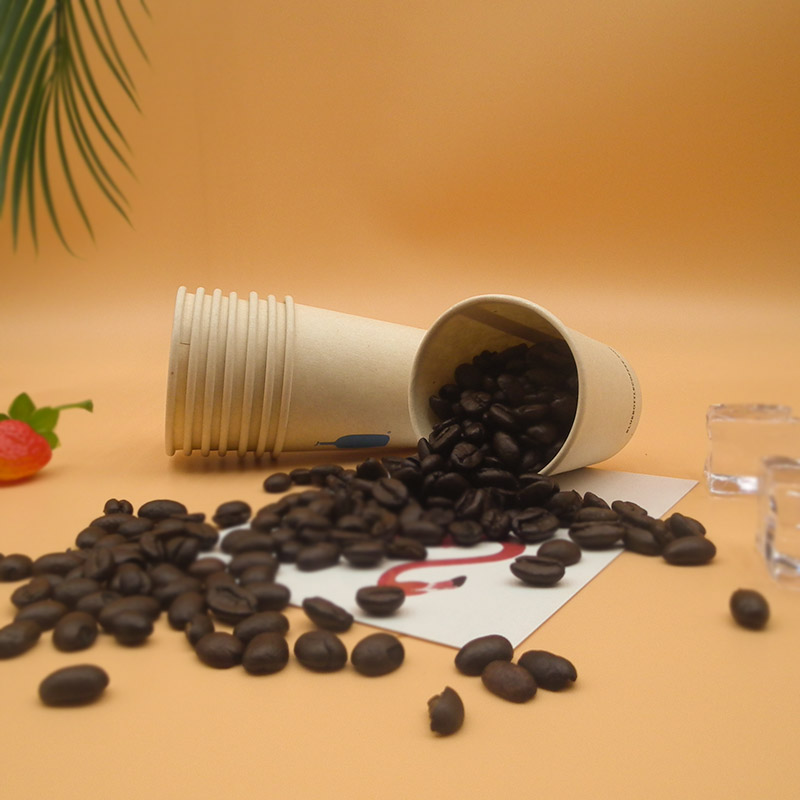Essentials of Water-Based Coating for Paper Cups
What Is Water-Based Coating for Paper Cups?
Water-based coating paper cups, aka Aqueous is a new cup coating technology that uses a water-based coating to coat coffee cups. The coating is printed like water-based ink, allowing it to be absorbed into the paper fibres, rather than sitting on top as an additional layer. This reduces the amount of material needed – while still providing the same leak and grease-proof benefits as other coatings.
What Is the Water-Based Coating Made of?
These coatings are “water-based” so water is the primary ingredient, and allows the formulator to control viscosity, and the ammonium hydroxide is more volatile than water so it increases the evaporation rate and thus the drying rate of the film once it is applied to the printed sheet.
Water-based coatings for paper cups are made from a variety of materials, including:
Natural materials: Starch, cellulose, and minerals like calcium carbonate are common bio-based ingredients.
Synthetic polymers: Acrylic and polylactic acid (PLA) are often used for their water resistance and film-forming properties.???
How Is Water-Based Coating Different with the Others Coating for Paper Cups?
To keep the functionality, paper cups and paper bowls are usually coated with different materials, for example:
Polyethylene (PE) Coating: The traditional champ, PE plastic has long been the go-to coating for its good heat and grease resistance.
Polylactic Acid (PLA) Coating: Known as biodegradable plastic, PLA is made from plant-based materials like corn starch. It offers good heat and grease resistance, but may not be as effective as PE for hot beverages.
Wax: A natural and biodegradable option, wax coatings are often used for cold beverages. But they can't handle hot drinks and are susceptible to moisture, making them less versatile.
When comparing with the others materials, water-based is one of the sustainable choices with a perfect functionality. As a result, this type of coating is getting attention in the coffee industry.
Why Is Water-Based Coating for Paper Cups Trending in Coffee Shops?
Water-based coating is trending not only because of its sustainable and practicality. The trend of water-based coatings in coffee shops is driven by a combination of environmental consciousness, performance improvements, consumer demand, regulatory pressures. They are explained as below:
Environmental Conscience:
Eco-friendly: Water-based coatings are compostable and recyclable, aligning with coffee shops' increasing focus on sustainability. This resonates with environmentally conscious customers, boosting brand image and potentially attracting new customers.
Reduced plastic waste: Replacing PE plastic linings with water-based coatings eliminates environmental concerns like microplastic pollution and landfill waste.
Positive marketing: Highlighting the use of sustainable cups can be a strong marketing tool, attracting eco-conscious consumers and showcasing the coffee shop's commitment to environmental responsibility.
Performance Improvements:
Heat and grease resistance: Advancements in technology are improving the performance of water-based coatings, making them effective for holding hot coffee and greasy pastries.
Improved printability: Some water-based coatings offer better surfaces for logos and designs, allowing coffee shops to showcase their brand on every cup.
Consumer Demand:
Growing awareness: Consumers are increasingly aware of the environmental impact of traditional plastic-lined cups, driving demand for more sustainable alternatives.
Willingness to pay more: Studies show that many consumers are willing to pay a premium for eco-friendly coffee cups, making water-based coatings a potentially profitable choice for coffee shops.
Regulatory Pressures:
Government policies: Initiatives like Canada's Federal Plastic Waste Reduction Strategy and provincial EPR programs incentivize the use of sustainable packaging, making water-based coatings an attractive option for complying with regulations.
Potential future bans: Some countries are considering or implementing bans on single-use plastics, including disposable cups. Using water-based coatings helps coffee shops prepare for such regulatory changes.
Beside of the reasons above, safety concern is an additional factor that help water-coating for paper cups become more popular. The water-coating is safe because of:
Composition: They are typically made from a blend of natural and synthetic materials like starches, cellulose, acrylics, and polylactic acid (PLA). These materials are all considered safe for food contact and do not contain BPA or PFAS.
Regulations: They comply with food safety regulations set by organizations like the US Food and Drug Administration (FDA) and the European Union's Food Contact Materials Regulation (FC Regulation).
Microplastics: Unlike PE plastic linings, they don't release microplastics into beverages, minimizing a potential health concern.
Chemical leaching: Reputable manufacturers ensure their coatings meet safety standards and do not leach harmful chemicals into hot or cold beverages.
Related: What is BPA? What is PFAS?
What Are Water-Based Coating Paper Cups Drawbacks?
Water-based coating is a great alternative to PE coating. However, this type of coating has its own drawbacks, that your coffee shop should consider carefully before switching.
Cost: Currently, water-based cups are slightly more expensive than PE-lined cups. This price difference can be a deterrent for coffee shops with tight budgets. However, the price gap is narrowing as production scales up, and potential long-term savings in waste disposal and tax benefits could offset the initial cost.
Availability: Finding water-based coated cups may require additional effort compared to widely available PE-lined cups. The supply chain for these eco-friendly options is still developing, and you may need to source them from specialized suppliers or manufacturers.
Performance: While advancements are improving their capabilities, some water-based coatings may not yet match PE in all aspects of performance. For example, heat and grease resistance might not be as strong, potentially impacting the suitability for certain beverages or pastries.
Consumer Awareness: Not all customers may be aware of the benefits of water-based coatings. This could require additional education and marketing efforts to explain their advantages and address any potential concerns.
Limited Shelf Life: Compared to PE-lined cups, water-based coatings may have a shorter shelf life. This is because some natural ingredients in the coating can degrade over time, affecting the cup's performance and potentially impacting food safety.
Is Water-Based Coating Paper Cups Right for Your Coffee Shop?
Coffee shops should consider switching to water-based coating paper cups in several situations, for example:
If you're all about being eco-friendly and attracting conscious customers: these cups rock the compostable and recyclable scene, minimizing waste and wowing green-loving customers.
If you're looking to boost your brand image and be a sustainability leader: with water-based coating paper cups, you can show off your commitment to the planet and stand out from the crowd with innovative eco-friendly practices.
If you can handle a little extra cost upfront and want to be prepared for the future: Governments, including Canada are getting tough on single-use plastics. Be ready with cups that comply with new regulations.
However, the cost of water-based cups might be unreasonable, particularly for small businesses seeking to engage in sustainable practices. In this case, PLA-coated paper cups will be your coffee shop solution. This kind of paper cup is both biodegradable and affordable. They don't contain BPA or PFAS and go great with hot and cold drinks.

